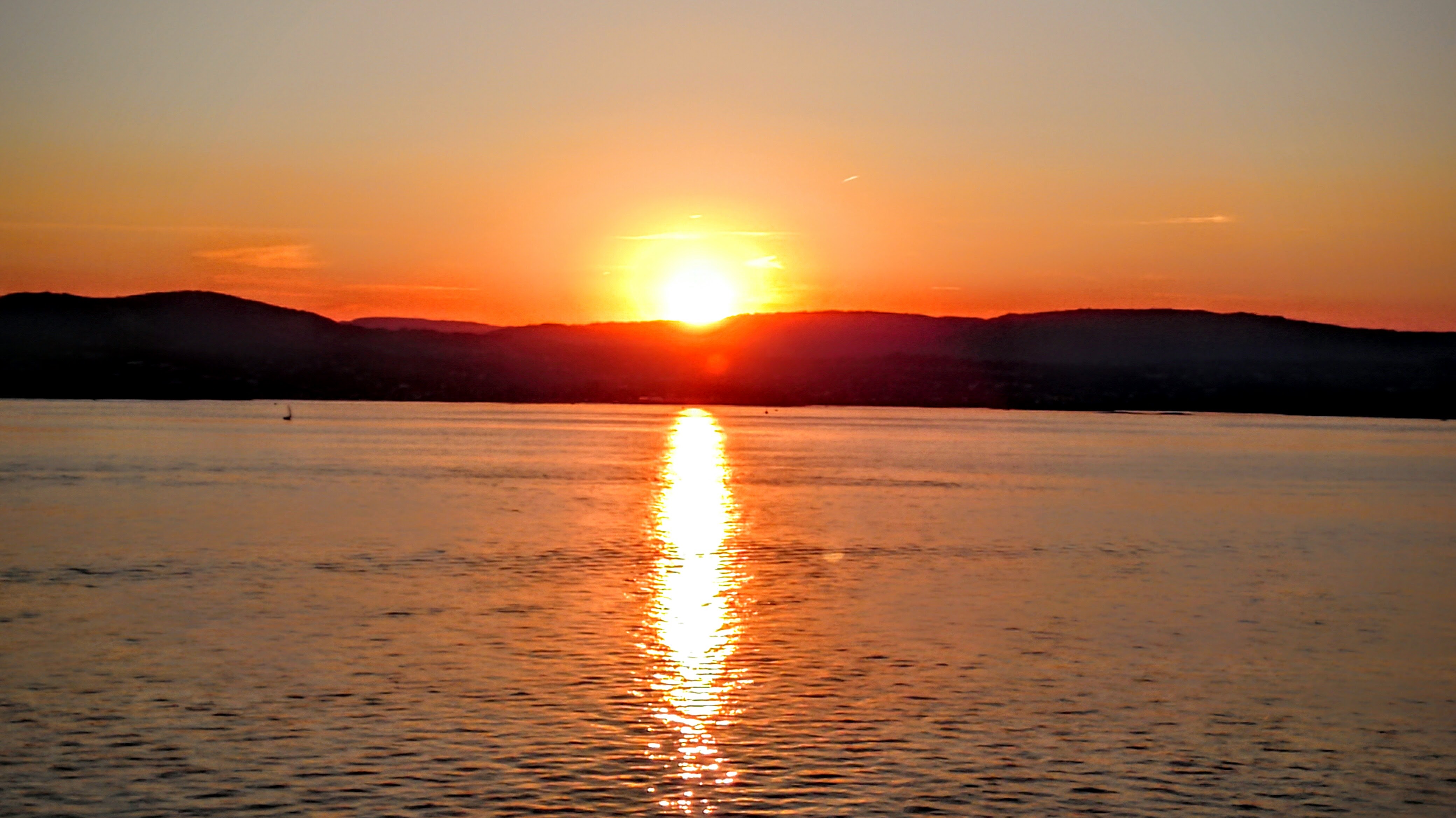Winds of change are in the air. Literally.
 “Vestas V90-3MW Wind Turbine of Kentish Flats Offshore Wind Fram, Thames Estuary, UK” by Phil Hollman, 2006. Wikimedia Commons.Wind Power innovator BladeBUG may aid maintenance of marine turbines, now 40% of the cost of these energy generators. If offshore wind were more affordable and reliable, it could increase its energy contribution by 18 times. BladeBug, a drone-based innovation founded by Chris Cieslak, won recognition from ORE Catapult (Offshore Renewable Energy in Blyth, UK) and will now integrate with MIMRee (Multi-Platform Inspection Maintenance and Repair in Extreme Environments). Both are part of a consortium led by Plant Integrity.
“Vestas V90-3MW Wind Turbine of Kentish Flats Offshore Wind Fram, Thames Estuary, UK” by Phil Hollman, 2006. Wikimedia Commons.Wind Power innovator BladeBUG may aid maintenance of marine turbines, now 40% of the cost of these energy generators. If offshore wind were more affordable and reliable, it could increase its energy contribution by 18 times. BladeBug, a drone-based innovation founded by Chris Cieslak, won recognition from ORE Catapult (Offshore Renewable Energy in Blyth, UK) and will now integrate with MIMRee (Multi-Platform Inspection Maintenance and Repair in Extreme Environments). Both are part of a consortium led by Plant Integrity.

Another renewable natural resource set to develop increased importance: wood. Can timber help to lessen the carbon impact of concrete and steel in the building industry? A form of ultra-thick plywood termed Cross-laminated Timber (CLT) can be used for walls and floors. While the Eiffel Tower may not be redesigned, France recently ruled that all new commercial buildings must have solar or green rooftops, and has now legislated that all new public buildings be constructed with at least 50% timber. Enter a new term in architecture: “plyscraper.” Leading manufacturers that investors are watching: Stora Enso, KLH Massivholz GmbH, Binderholz, Mayr-Meinhof Holz Group, Hasslacher.

Ever since Peter G. Glaser patented solar power satellites, energy from the sun has proven efficient and relatively inexpensive as technologies for solar panels improve. But until Glaser’s innovation can be pursued, solar panels still collect only one/fifth of what is possible. Oxford PV is employing silicon with perovskite that increases solar panel efficiency by 29.52%, setting a new world record. The company originated at Oxford University, where the Oxford-AstraZeneca vaccine was developed.

Brilliant medical and scientific researchers created Covid vaccine innovations through rapid cooperative response to a world crisis that some likened to the Manhattan Project. Climate change is another world crisis. Bill Gates, co-founder of Microsoft and the Bill & Melinda Gates Foundation that has championed causes of public health, sees hope for 2021, noting the November United Nations COP26 in Glasgow, Scotland, as catalyst for nations to pledge responses to climate change. With new administrations in the United States, new political definitions of the United Kingdom and European Union, increased commitments to energy neutrality by China and others, there is reason for hope. What do you think will be the most important advances in 2021?
For more:
BladeBUG. https://bladebug.co.uk
Brooke, Kathleen Lusk. “Up on a Roof,” 13 November 2015. Building the World Blog. https://blogs.umb.edu/buildingtheworld/2015/11/13/up-on-a-roof/
Glaser, Peter. “Space Solar Power.” 1999 MA Space Grant Consortium Public Lecture. MIT. VIDEO. https://www.youtube.com/watch?v=03x_Q4DGfel
Heap, Tom. “Why I’m feeling hopeful about the environment in 2021.” 4 January 2021. BBC Radio 4.
Hutchins, Mark. “Oxford PV retakes tandem cell efficiency record.” 21 December 2020, PV Magazine. https://www.pv-magazine.com/2020/12/21/oxford-pv-retakes-tandem-cell-efficiency-record/
Jaffe, Paul. “Power Beaming & Space Solar Innovation: Peter Glaser.” 30 July 2020. HDIAC Webinars. VIDEO. https://www.youtube.com/watch?v=UhFaLgmJsk
IMARC Group. “Top 5 Cross-Laminated Timber Manufacturers Worldwide.” 4 October 2017. https://www.imarcgroup.com/top-cross-laminated-timber-manufacturers-worldwide
OE Digital. “Spider-like Robot to Change Offshore Wind Blade IMR Game.” 28 April 2020. OEDigital. https://www.oedigital.com/news/277974-spider-like-robot-to-change-offshore-wind-blade-imr-game
Souza, Eduardo, translated by José Tomás Franco. ArchDaily. 20 May 2018. “Cross Laminated Timber (CLT): What It Is and How To Use It.” https://www.archdaily.com/893442/cross-laminated-timber-clt-what-it-is-and-how-to-use-it
Voytko, Lisette. “Bill Gates Has Big, Scientific Hopes for 2021. Here’s Why.” 22 December 2020. Forbes. https://www.forbes.com/sites/lisettevoytko/2020/12/22/bill-gates-has-scienfitic-hopes-for-2021-heres-why/
Building the World Blog by Kathleen Lusk Brooke and Zoe G. Quinn is licensed under a Creative Commons Attribution-NonCommercial-NoDerivs 3.0 Unp















